Death Valley
The Sierra Nevada mountain range is the last frontier of the state of California. Beyond the mountains lies another state, Nevada, with its crazy Las Vegas.
The Sierra Nevada system includes Yosemite Park and about a dozen other national parks of breathtaking beauty. South of Yosemite is Sequoia Park, where giant sequoias grow.
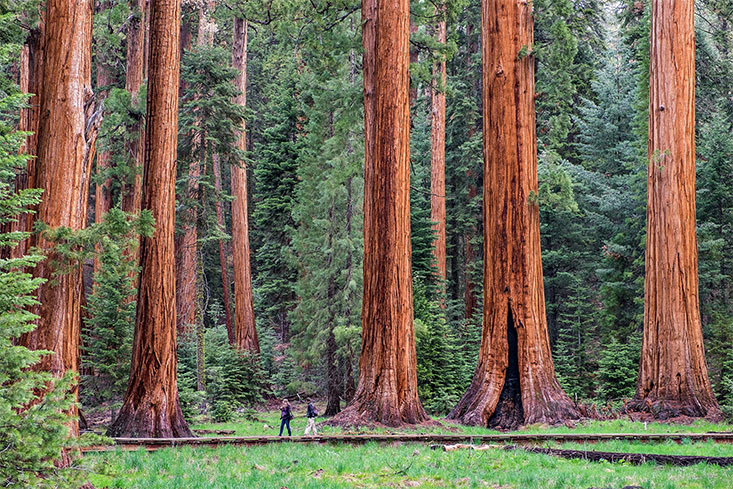
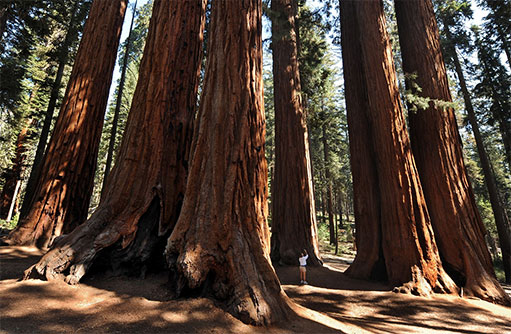
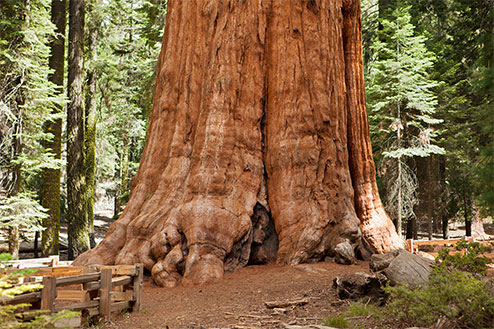
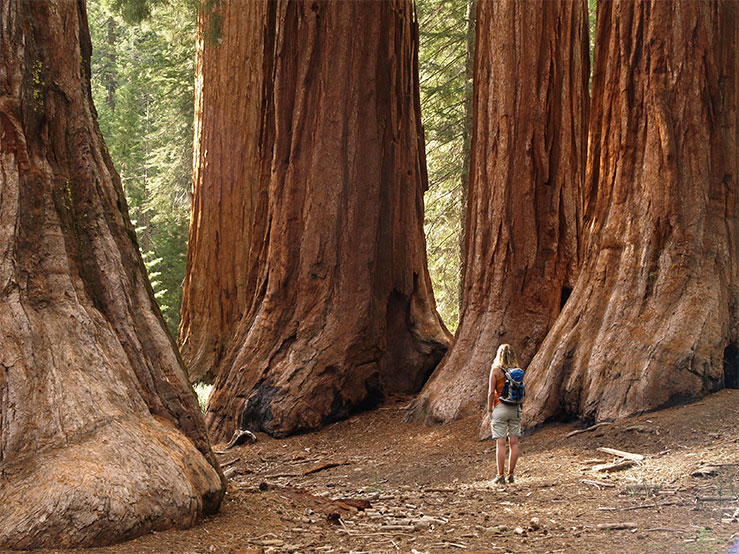
We are unable to reach Sequoia Park due to snowdrifts.
First one, then another, and so all the roads end up being closed. At some point, a completely clear, almost summer-like road is suddenly blocked by police barriers, with piles of snow just beyond them.
In our attempts to find a detour, we venture into some impenetrable American wilderness. The road starts winding and narrowing, and instead of an open landscape, a forest emerges. Within the forest, there are some ranches fenced off and covered in snow. It resembles a remote village somewhere near Vladimir, except the asphalt is in good condition, and the wooden fences have a rich brown color.
These places are very uncomfortable. There is no mobile network. The December sun is setting. By some miracle, we manage to escape from this abyss and have to drive back along the same annoying winding serpentine road.
The rest stop is the “Corral Creek” hotel located somewhere on the backside of Sequoia Park.

Sunset.
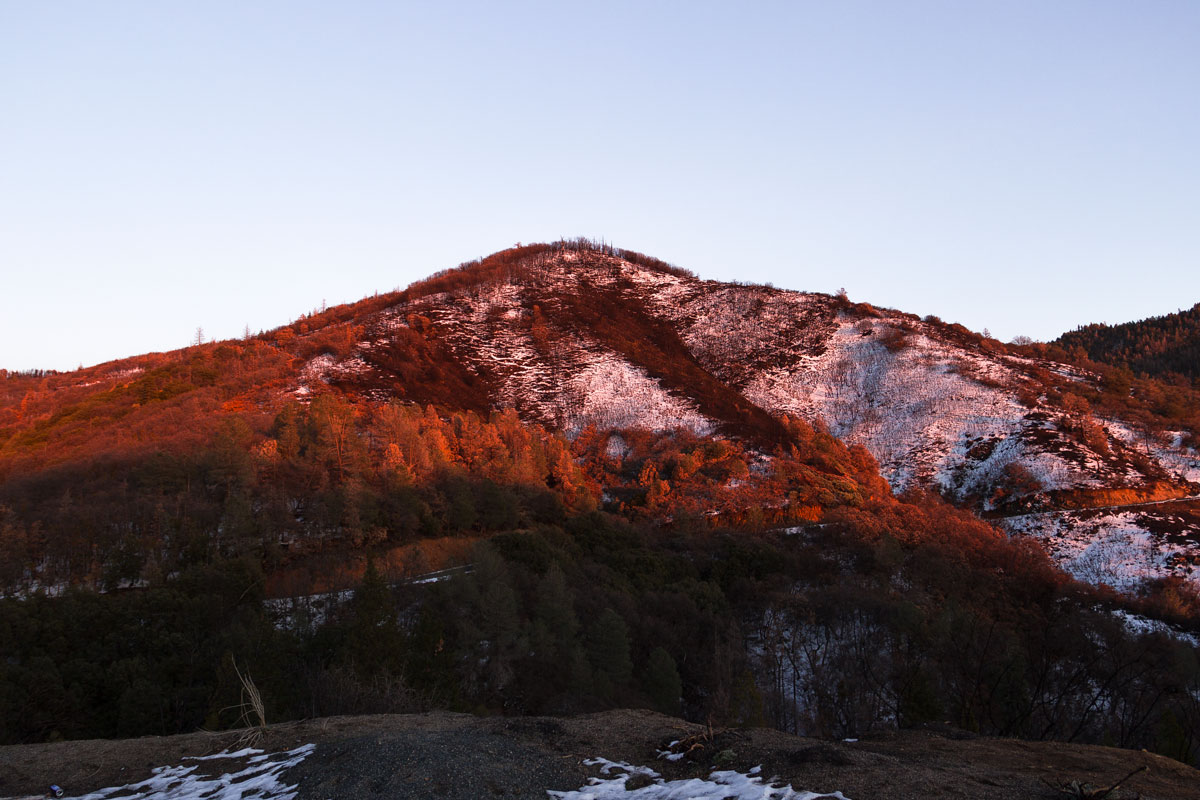
Dawn.

The next day, the road continues without any adventures — otherwise, we won’t reach our destination. The snowy forests gradually transition into a snowy desert.
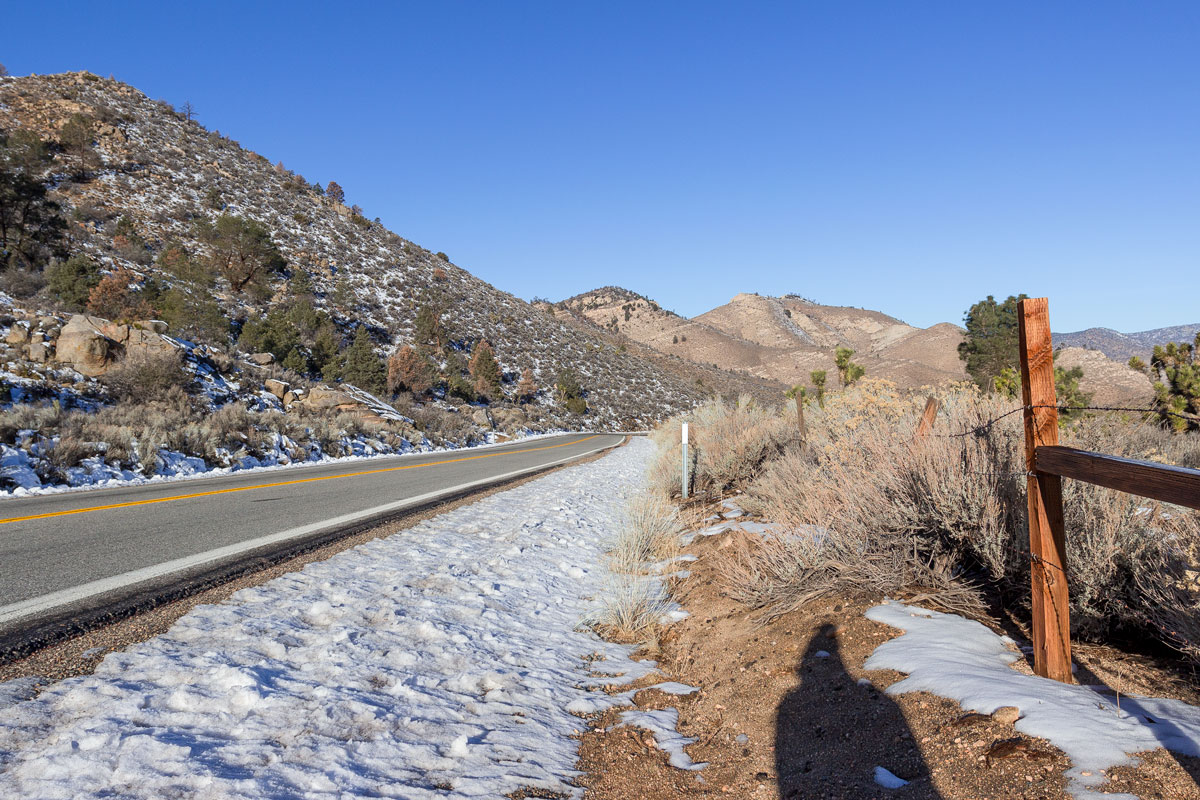
Everyone knows from geography lessons at school that it can be cold in the desert. No one imagines what it’s actually like to shiver from the cold in the desert under the blazing summer sun. Thorns and cacti thrive in winter, but you do not.

In the distance, remnants of mountain ranges are still visible.
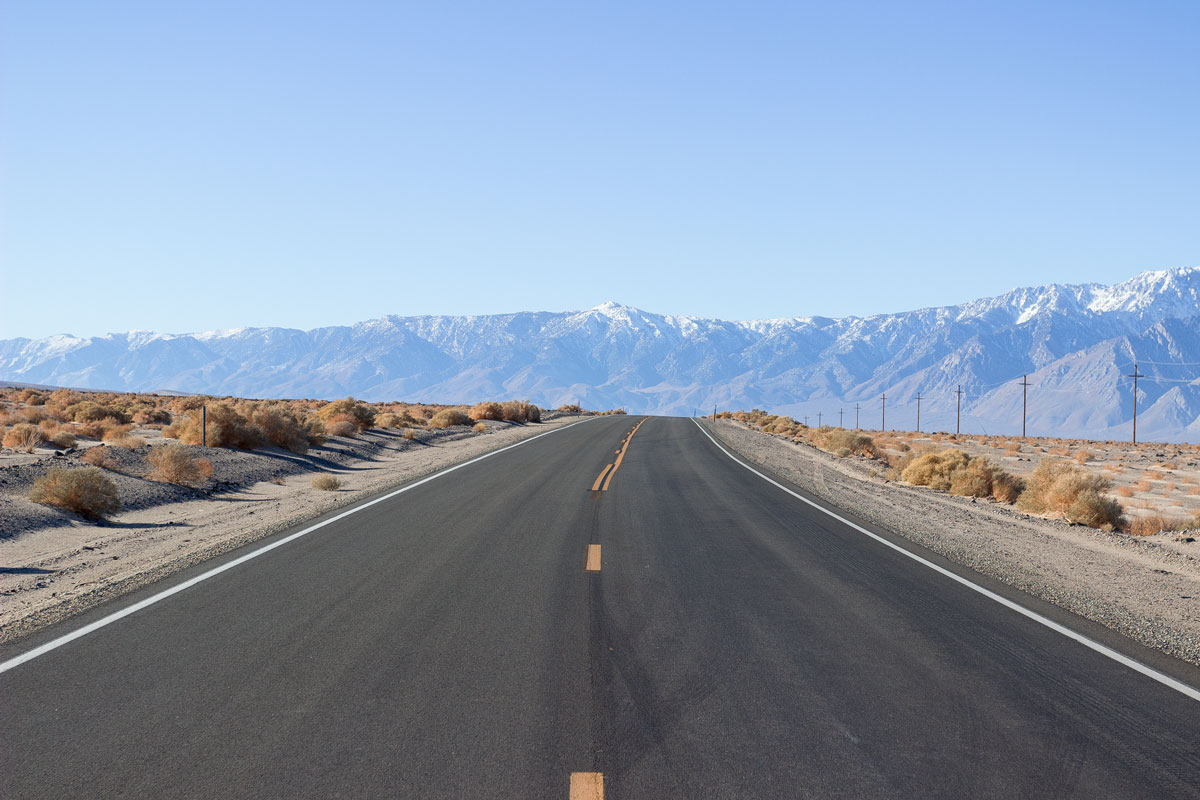
American wasteland.

The roads start turning into frames from a movie.

Somewhere to the side, a lake is visible. It’s impossible to tell if it’s a mirage or not. Judging by the maps, no, it’s not a mirage. But it could have been! That’s exactly how they appear.

The road turns into a snake.
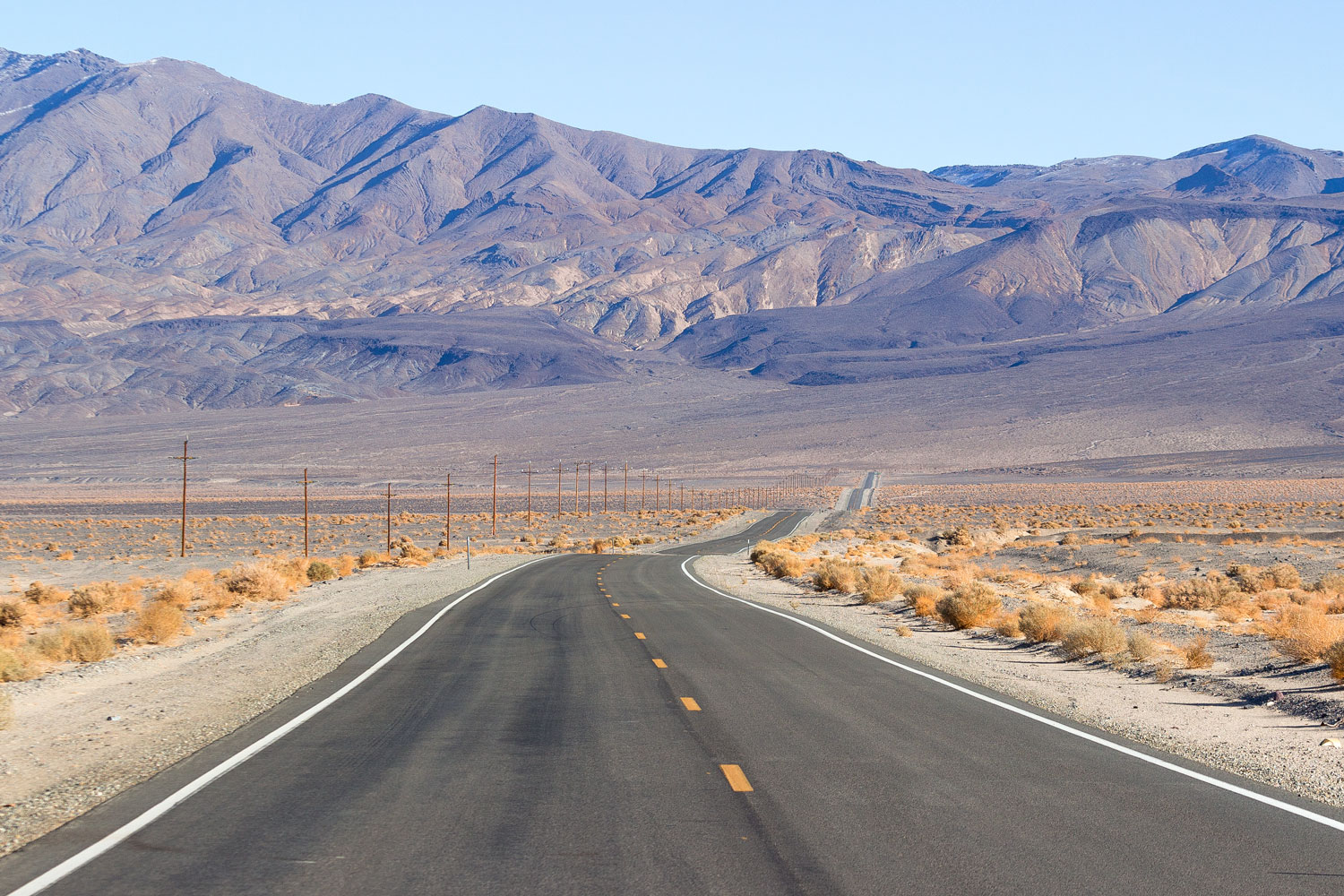
Electric poles become funeral crosses.

The horizon got cracked by the endless highway.
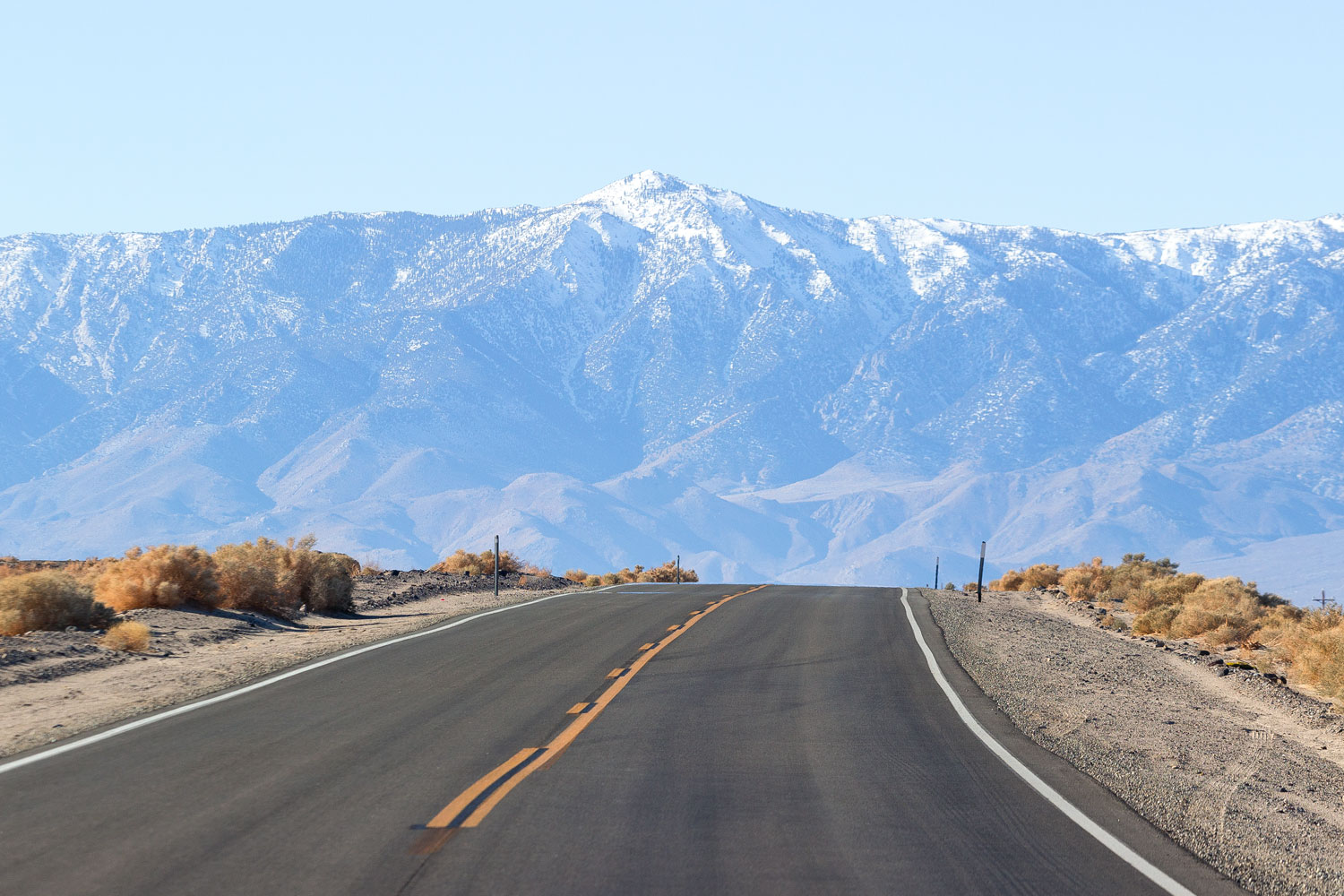
At some point, there is nothing left around except for a flat, clay-sandy desert, surrounded by mountains on all sides. This is Death Valley.
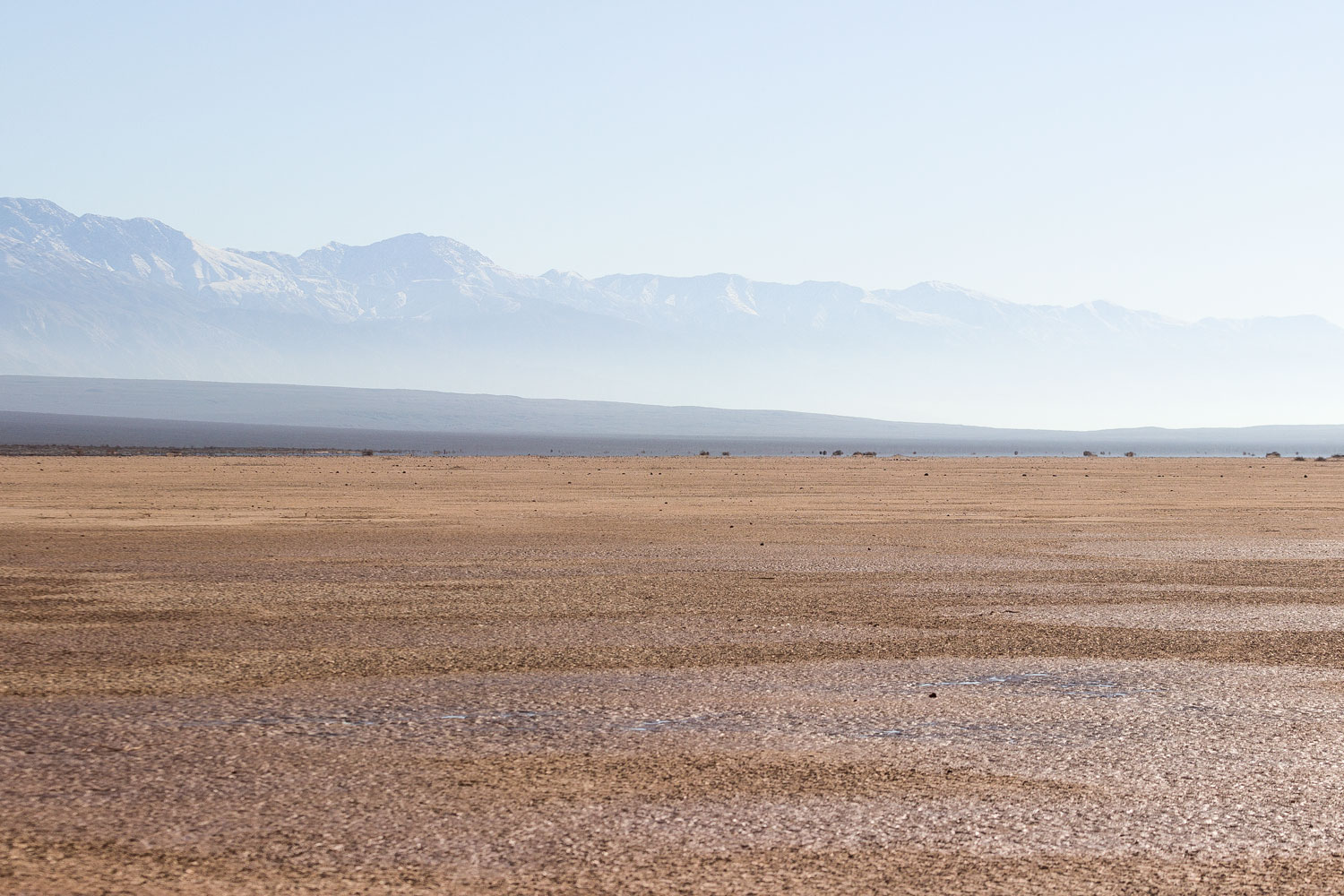
Death Valley is a large intermountain basin located in the Mojave Desert region. It contains the lowest point in North America, 86 meters below sea level. The valley is surrounded by mountain ranges.
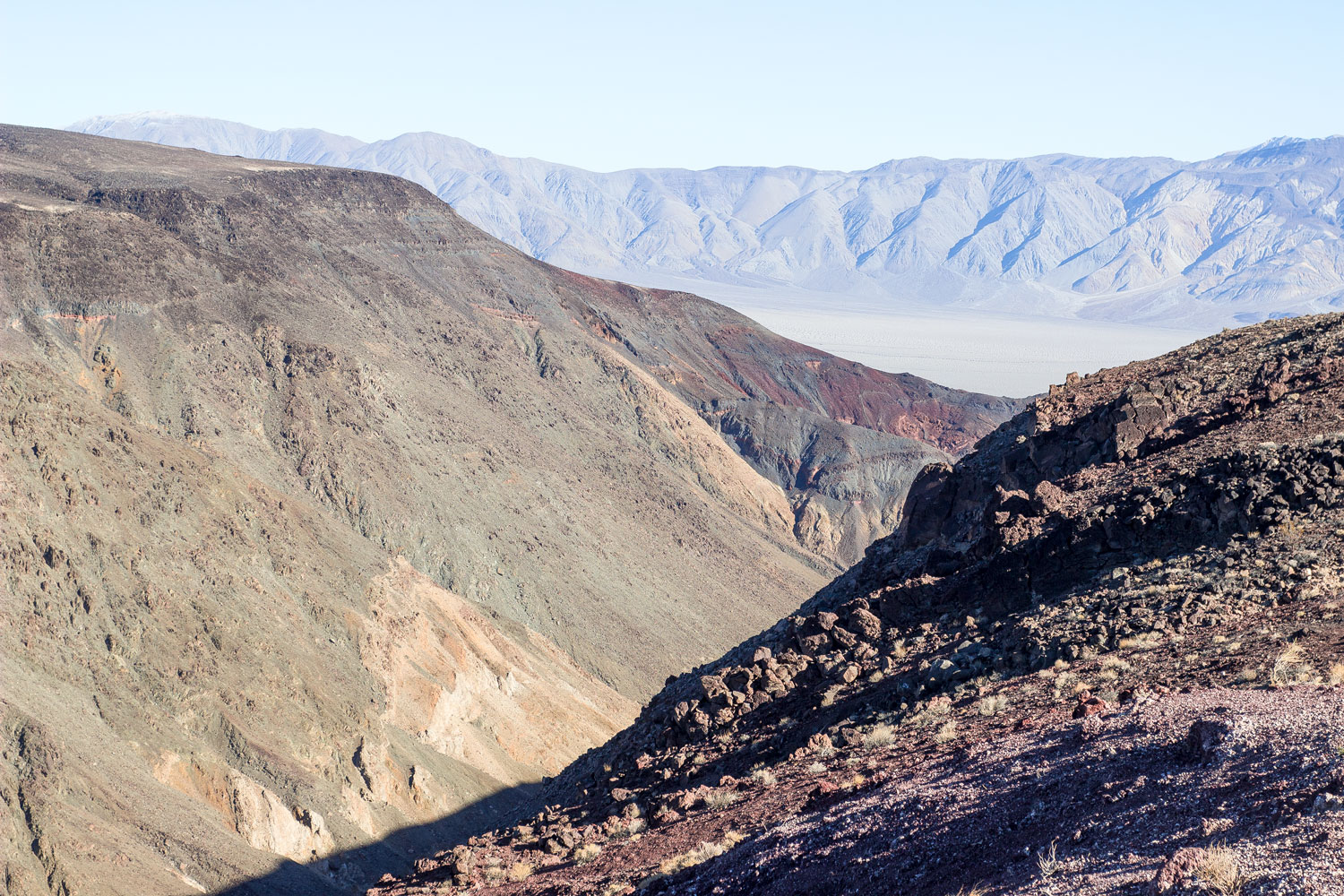
Somewhere around here, they filmed the fourth episode of Star Wars.
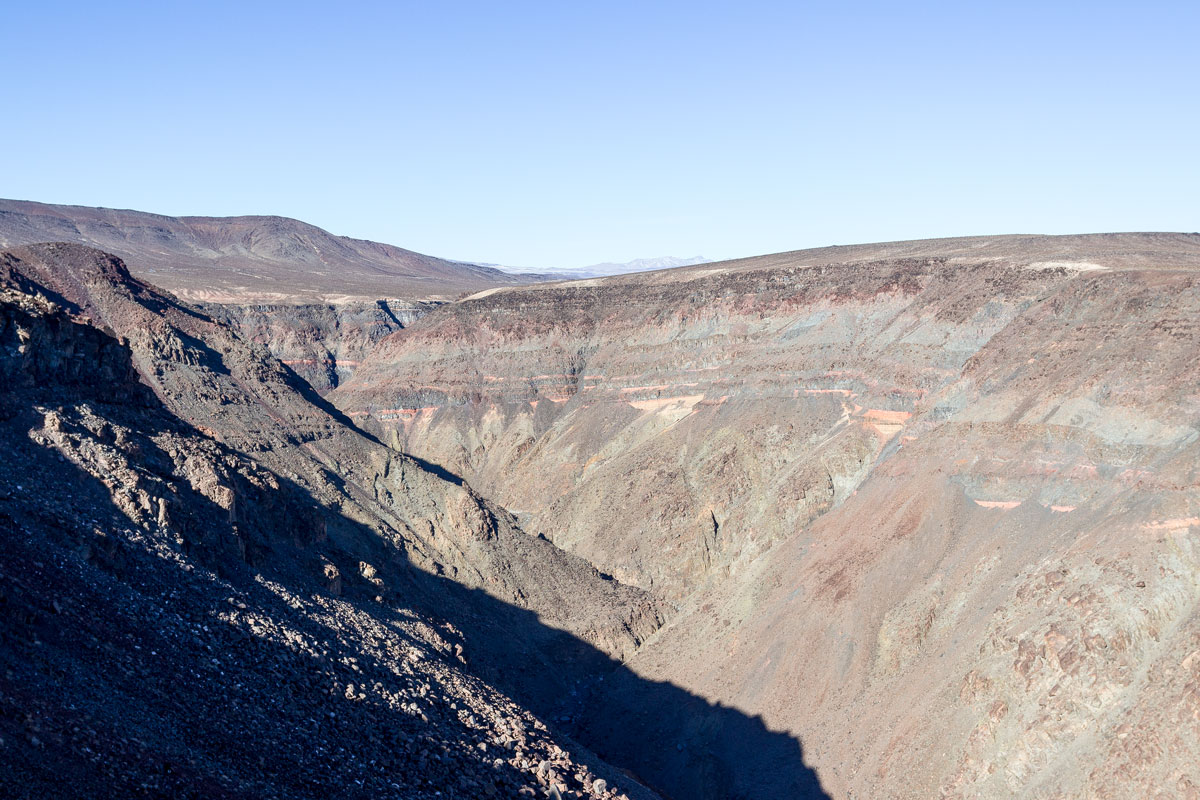
Death Valley is the hottest place on Earth. About a hundred years ago, a temperature of +56.7 °C was recorded here. They say there are even hotter temperatures in some Libyan or Iranian desert, but who would believe?
In December, the temperature here is around 5-10 degrees Celsius.

The valley is elongated from south to north, and the road from California to Nevada cuts it in half.
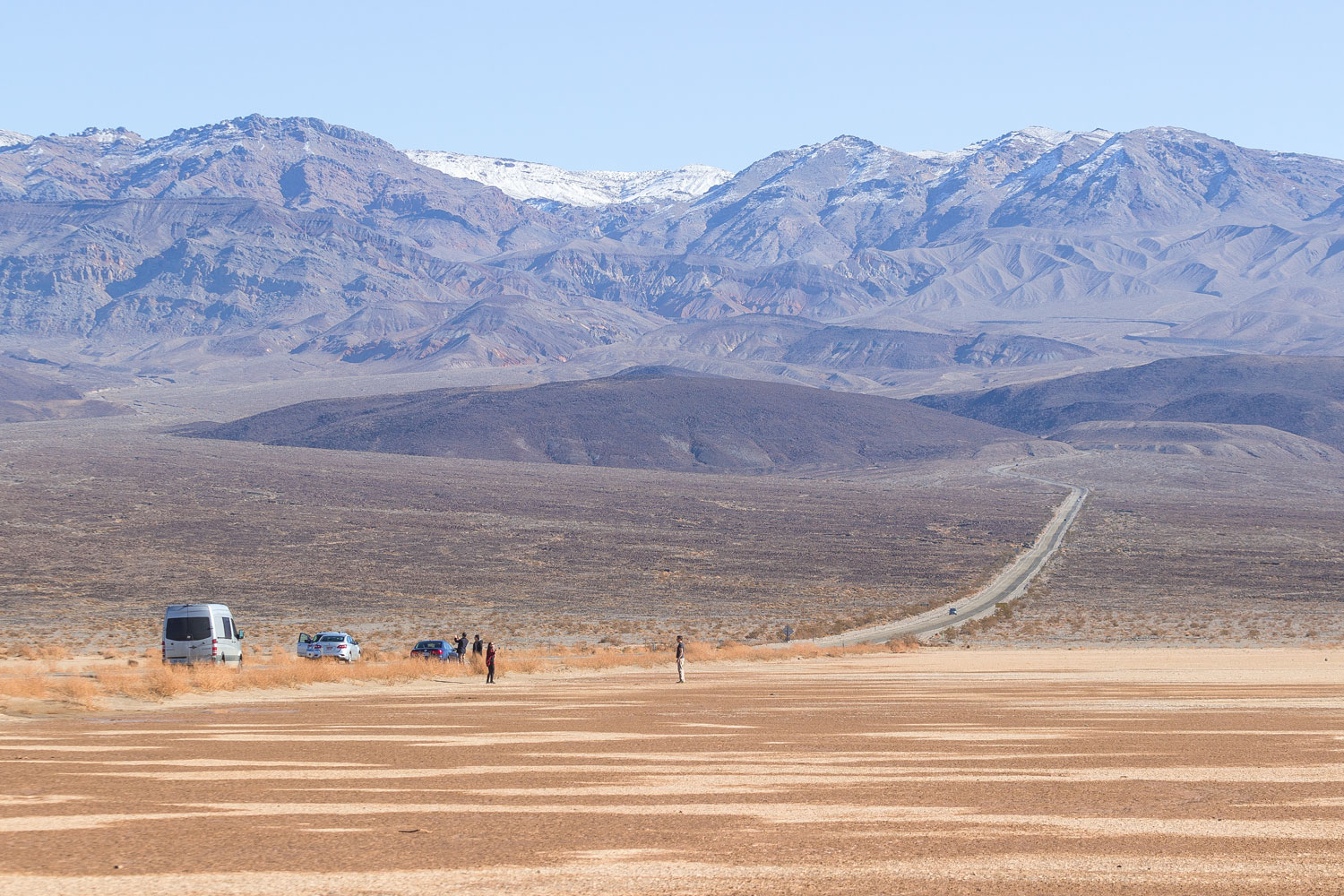
Along the entire route, cars park, people get out, and photograph the desert. I would be curious to see how many tourists come here for a walk in July.
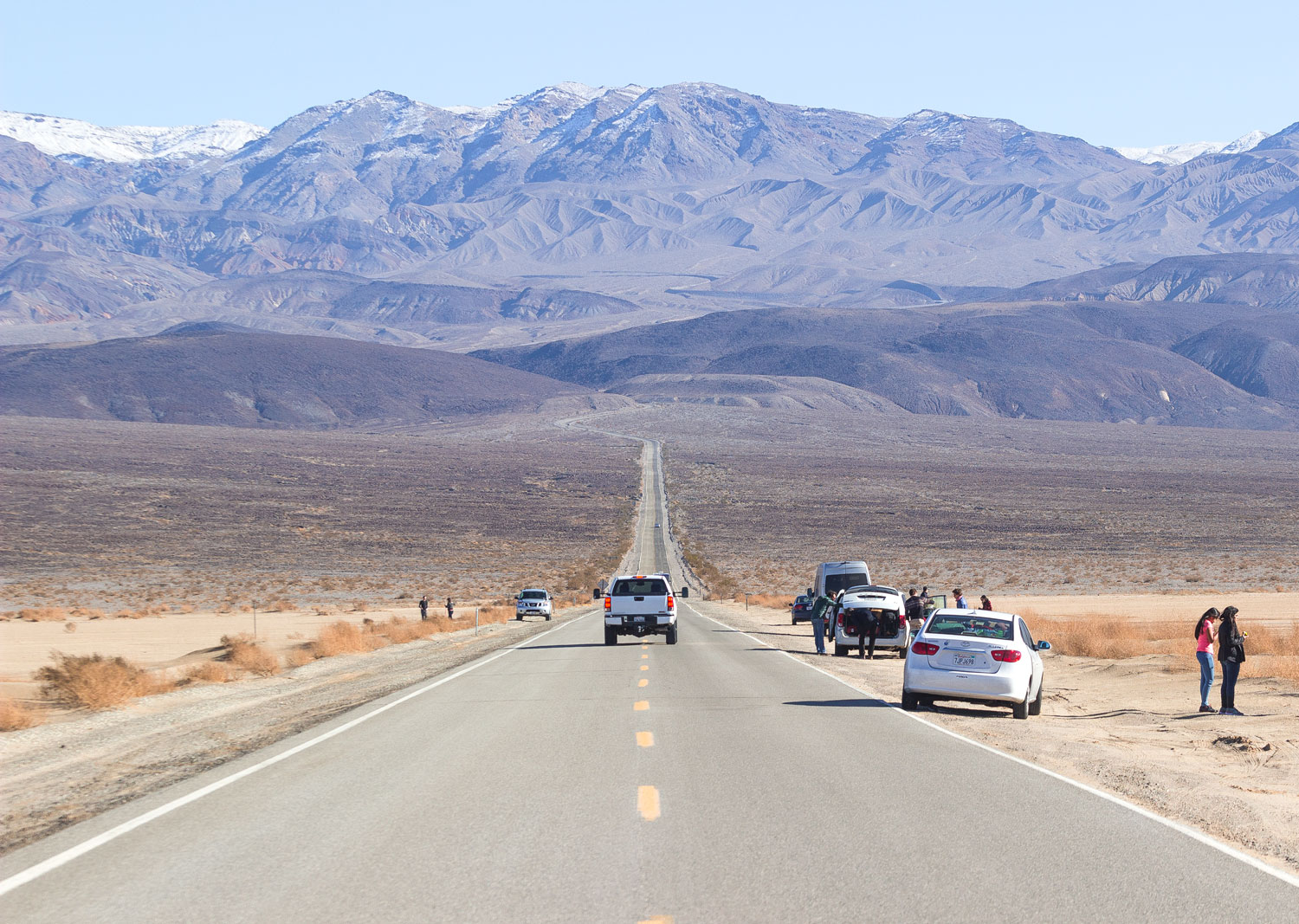
To be honest, I don’t quite understand where exactly Death Valley is in these photographs and where it ends. Everything there looks more or less the same within a radius of tens of kilometers.
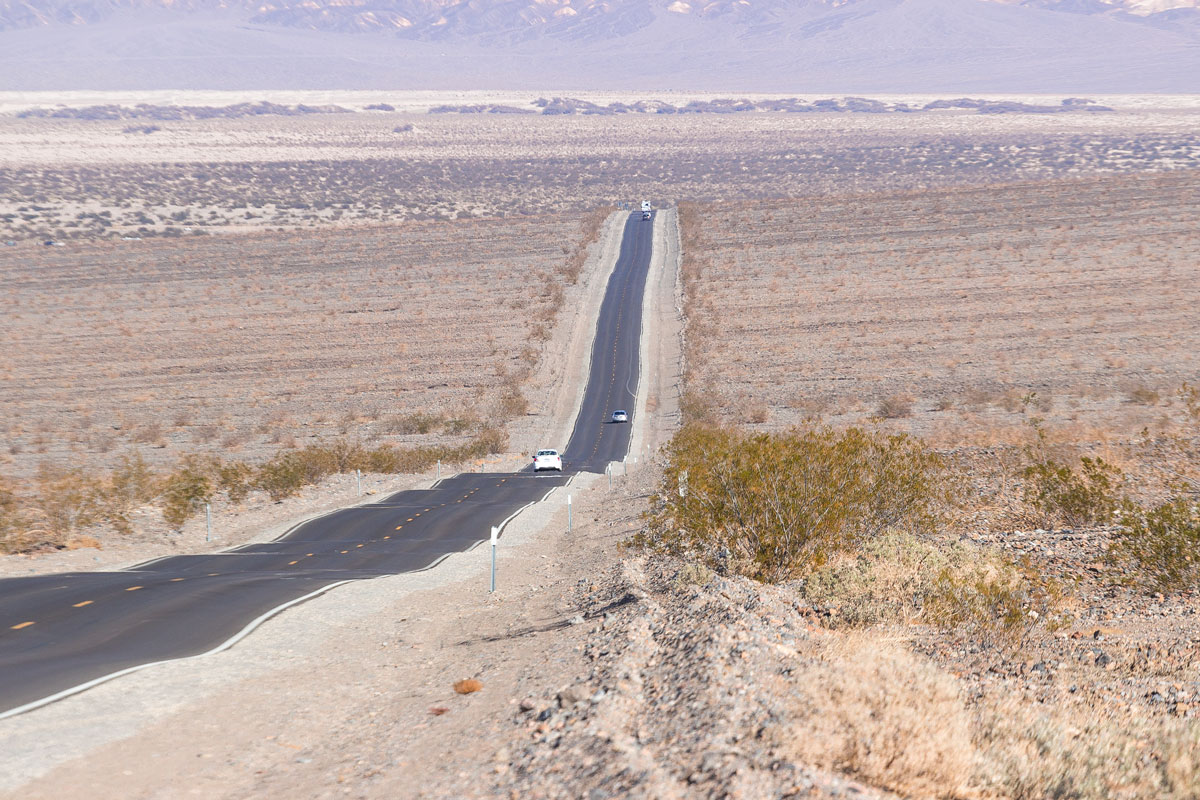
Pure America.
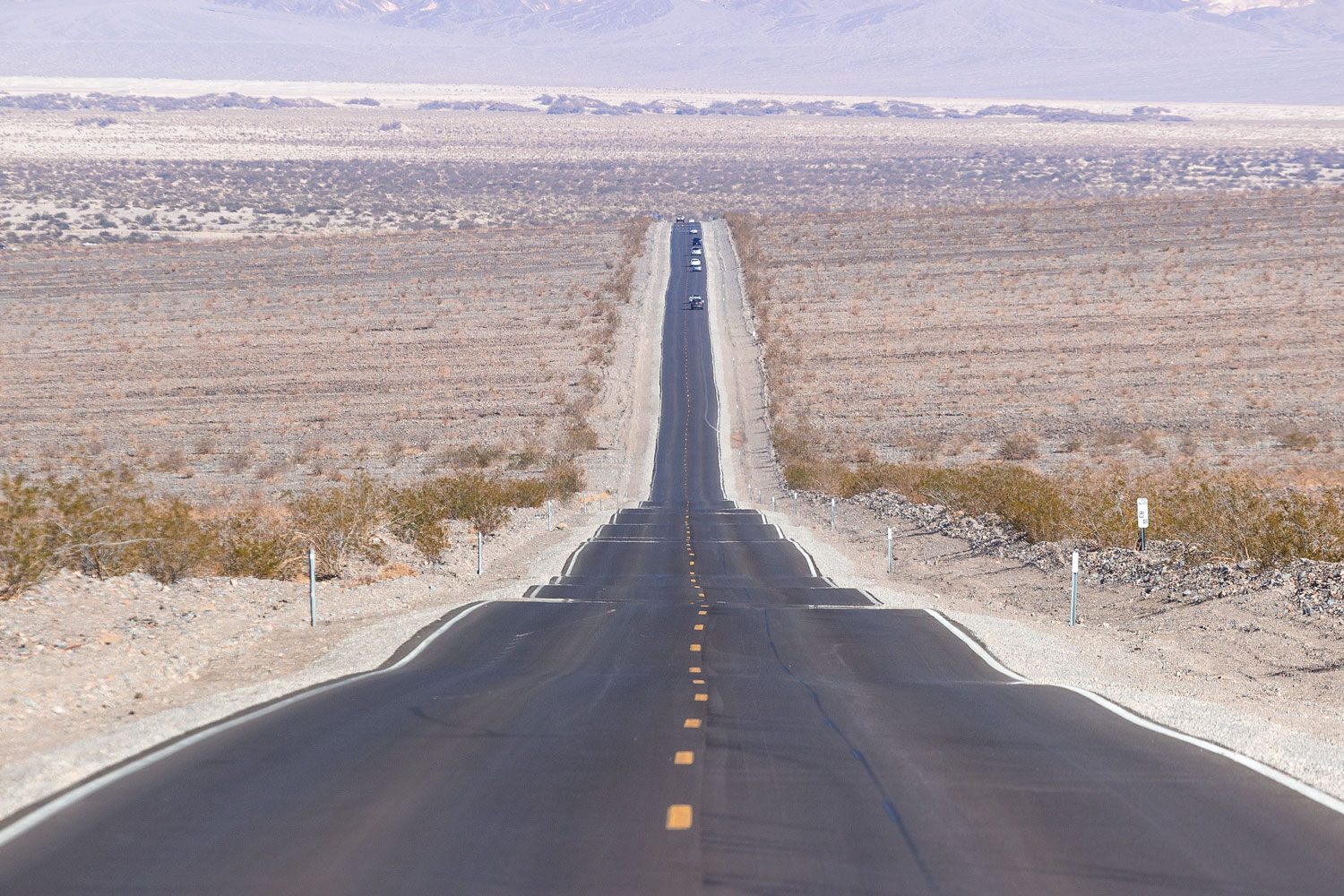
Moving stones
Somewhere deep in the depths of the Valley, reachable only by a four-wheel-drive jeep, live the moving stones.
The stones lying in the desert and moving on their own have been known for a very long time.
Imagine this: people arrive in the desert, hundreds of kilometers away from any living soul, without a settlement or village in sight—nothing. And there lie stones in the desert, with long tracks trailing behind them through the sand. The stones weigh up to a hundred kilograms, and the tracks stretch up to a hundred meters.
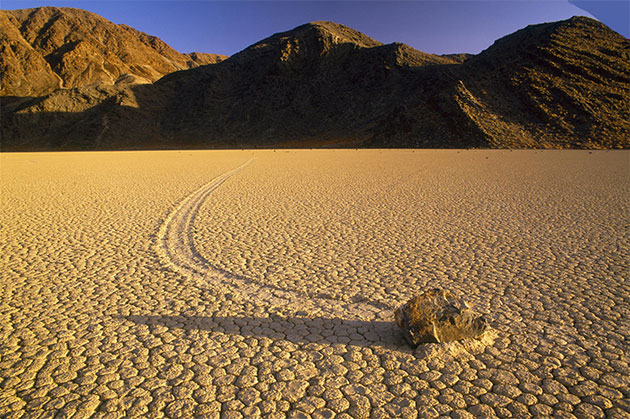
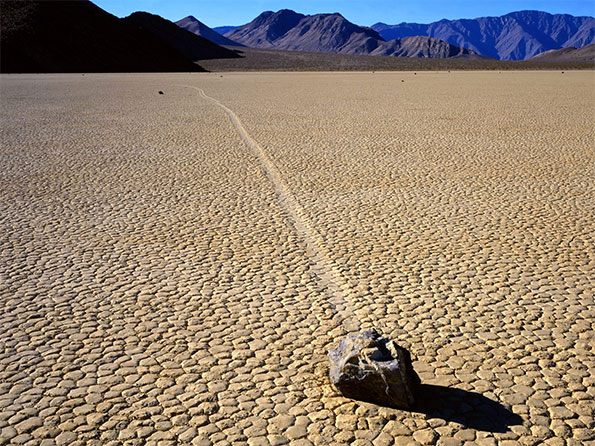
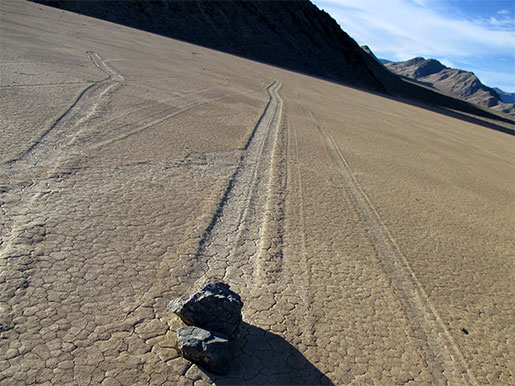
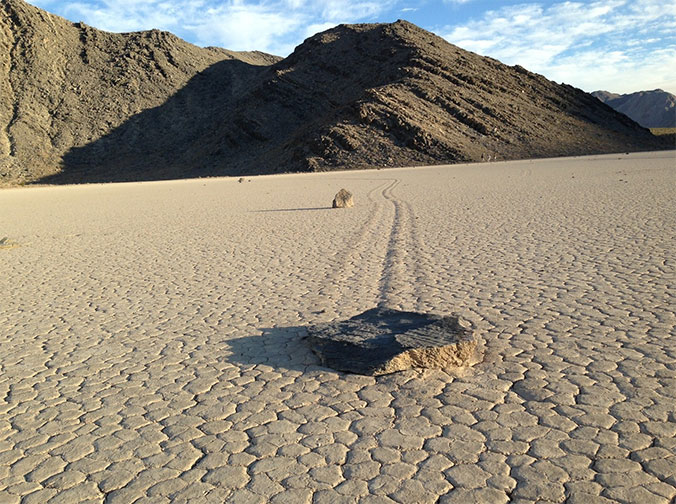
Until the 20th century, self-moving bricks were explained by supernatural forces. Then Tesla and Edison’s electro-battle began, and the phenomenon started to be explained by electromagnetism.
In the end, professors took on the task of studying the stones. For instance, there was a professor from the California Institute of Technology who primarily researched reactive motion. Apparently, the USA wanted to send the first astronauts to the Moon in stones. Or perhaps they wanted to save on construction by having bricks walk from the construction site and assemble themselves into a house.
Well, the professors arrived in the desert, encircled 30 stones, gave them names, and set them free. Then started to wait.
During the winter, the stones began to move. One stone, Maria, crawled 65 meters during the first winter. The smallest stone, Nancy, crawled 262 meters. During 7 years of continuous observation, out of the 30 stones, only 2 the dumbest and most stubborn stones didn’t move. The legend says that one of them later grew fabulously rich and became the president of the US.
The research, believe it or not, went on for a hundred years and continues to this day. In other words, people seriously studied, obtained scientific degrees, and set out to investigate the stones in the desert. Some wrote dissertations, while others defended their graduation works. One scientific study proved that the stones do not move in parallel. Well, in Euclidean way.
It all ended with the invention of GPS. Sensors were placed on 162 stones, and their movements were recorded. Weather conditions, including wind, were simulated, leading to the conclusion that the stones were indeed moved by the wind, however, it was the ice crust that significantly reduced friction. As a result, the stones moved at speeds of up to 5 meters per minute.
The movement was captured on video. It was of terrible quality, though.
⁂
Death Valley paints alien landscapes. This could have been a filming location for a lunar landing.

A solitary shop by the gas station is a plot from a thriller.
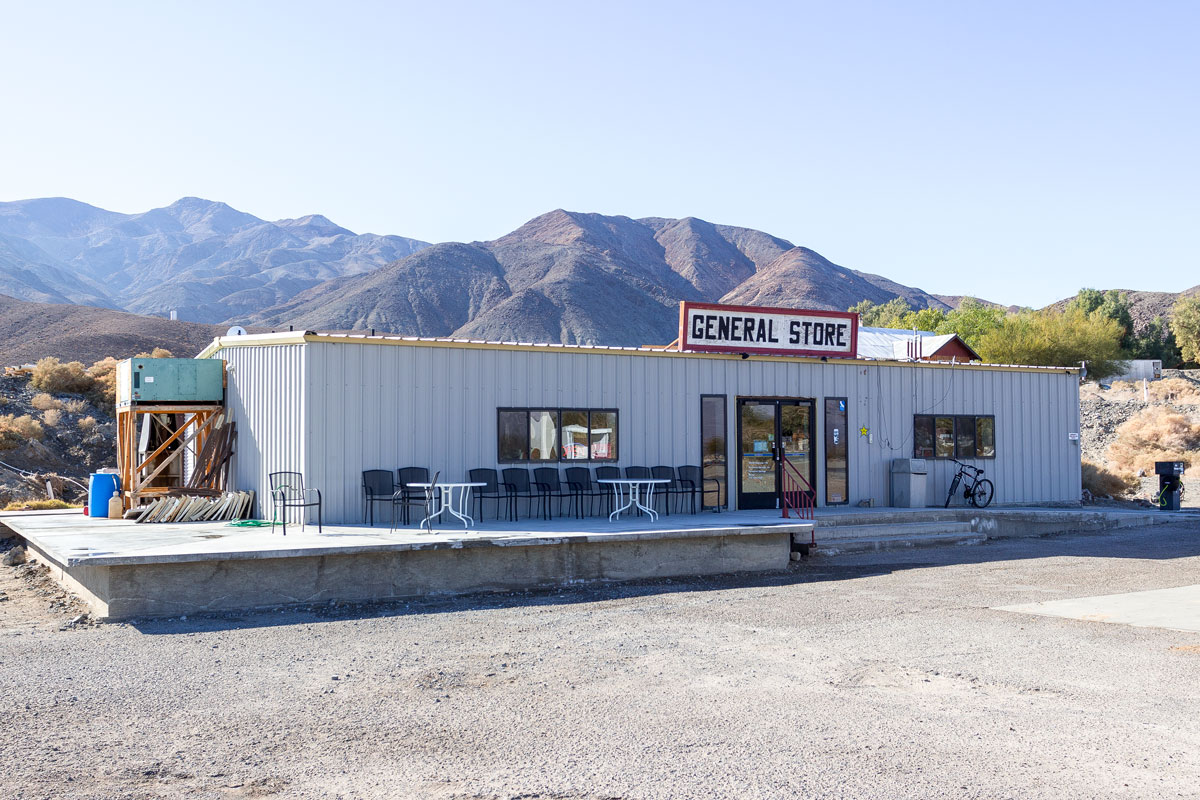
Straight highways stretching far away.

Traveling through these places is only possible by car.

The road is an American way of life.
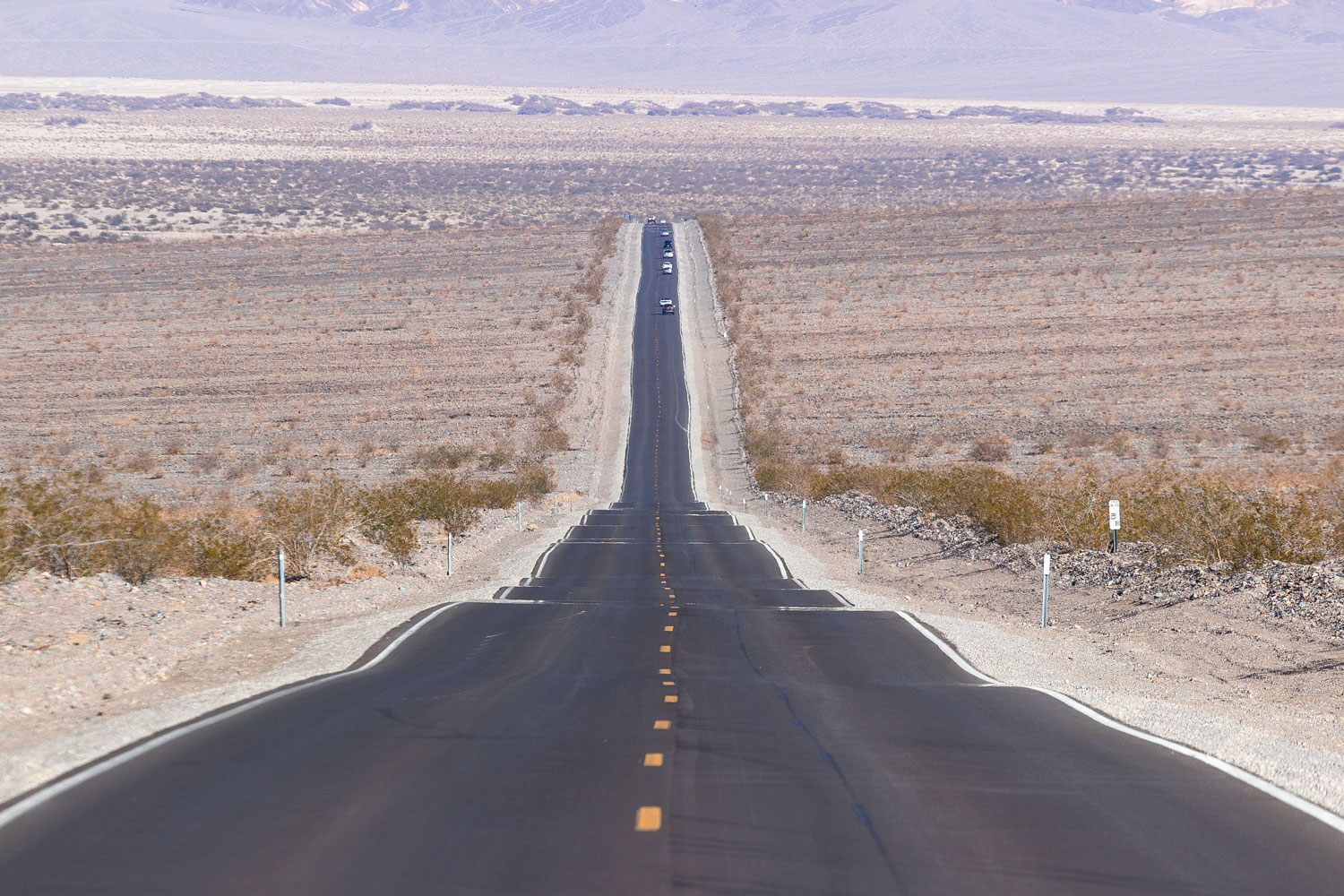
Before traveling to the USA, such landscapes were only depicted in computer games and imagination. It seemed that in real life, there was nothing quite like what we see in movies about the Wild West.
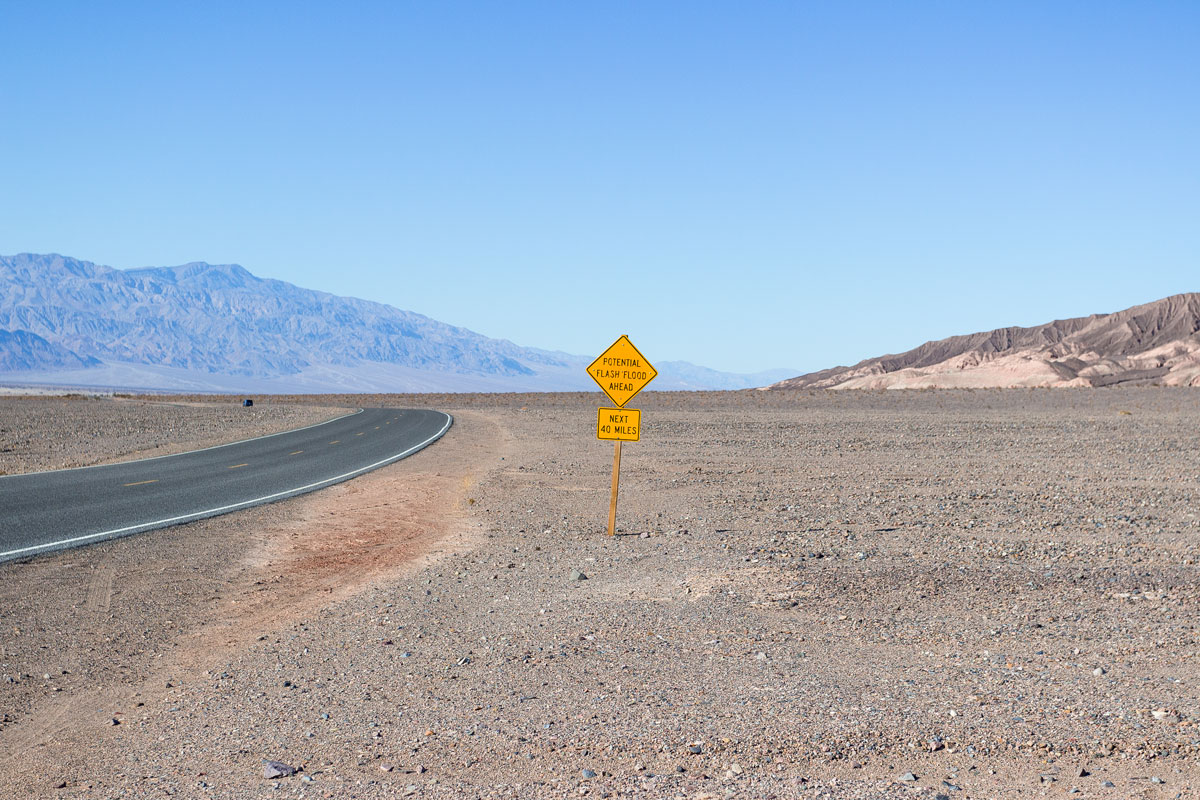
It turned out that the fantastical picture is more than real if you are in America.
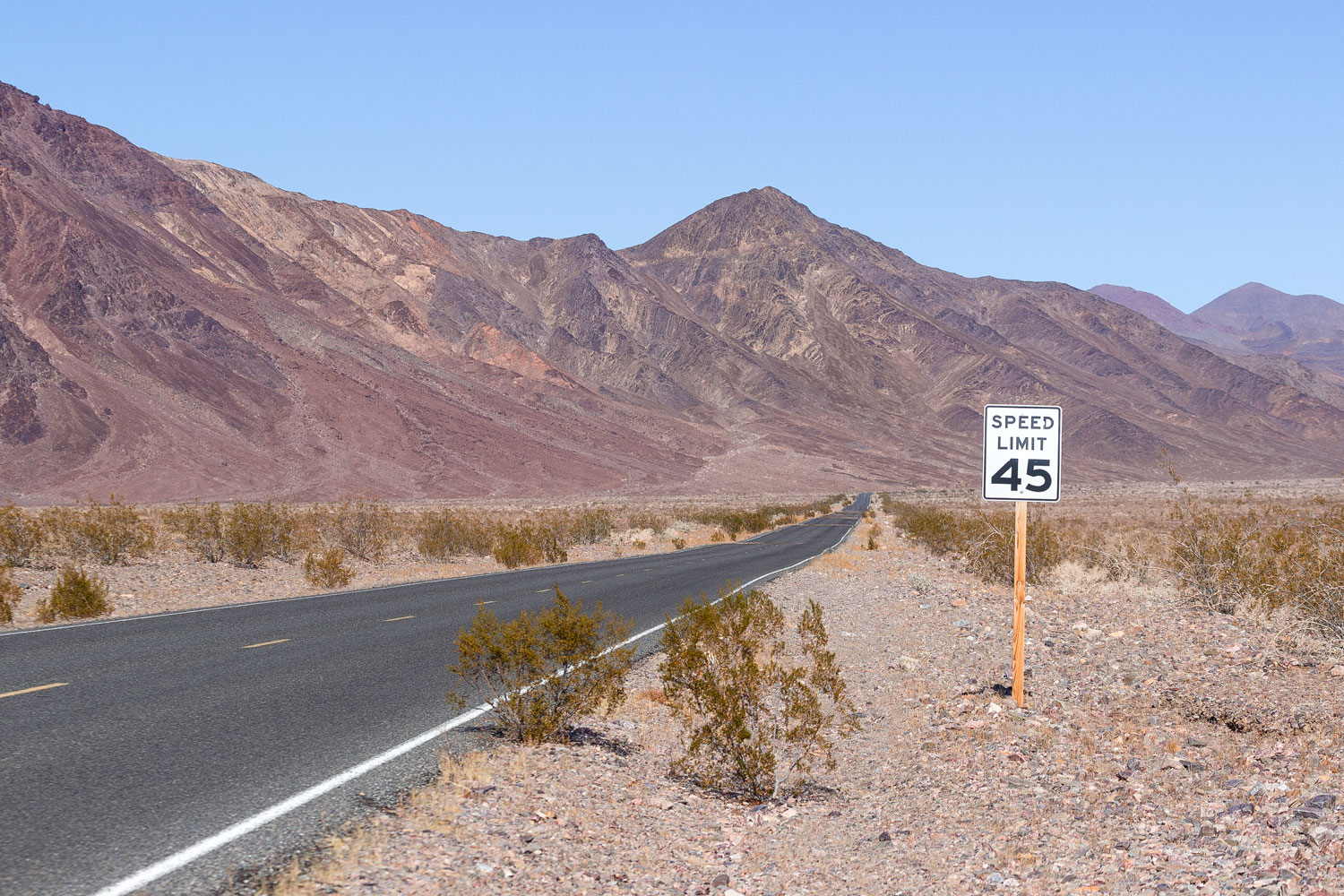
The next stop is Las Vegas.


